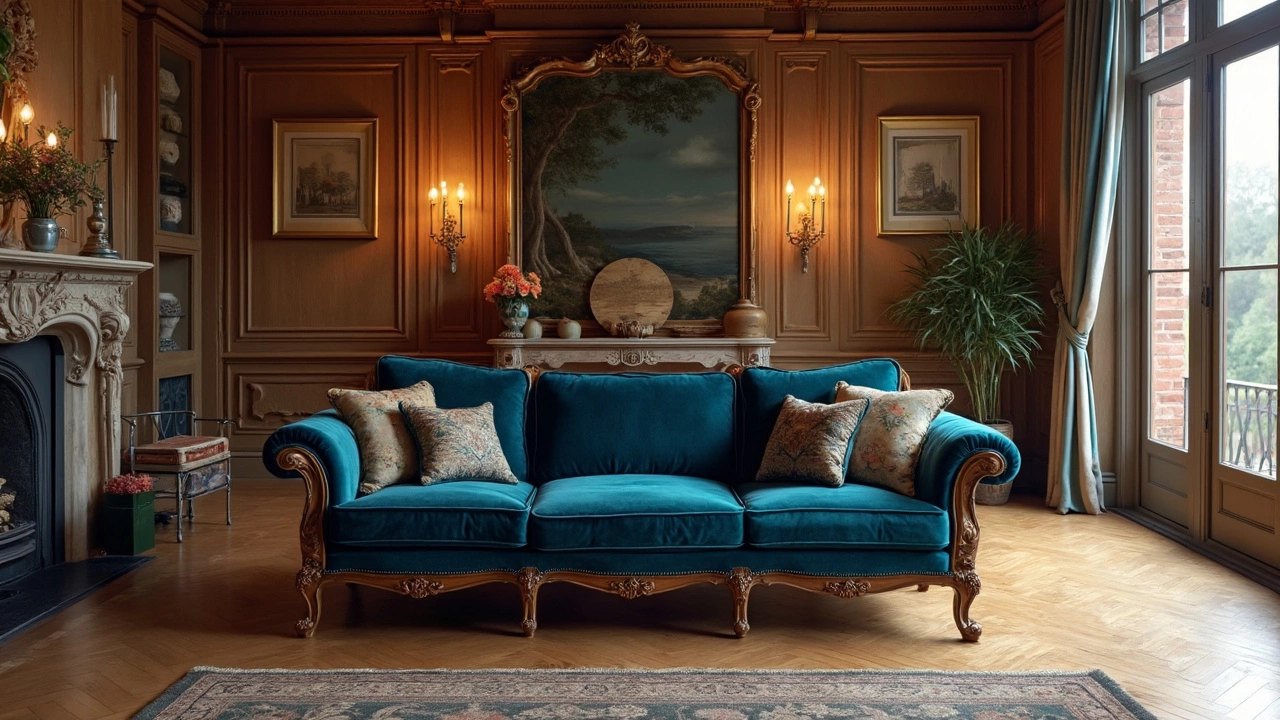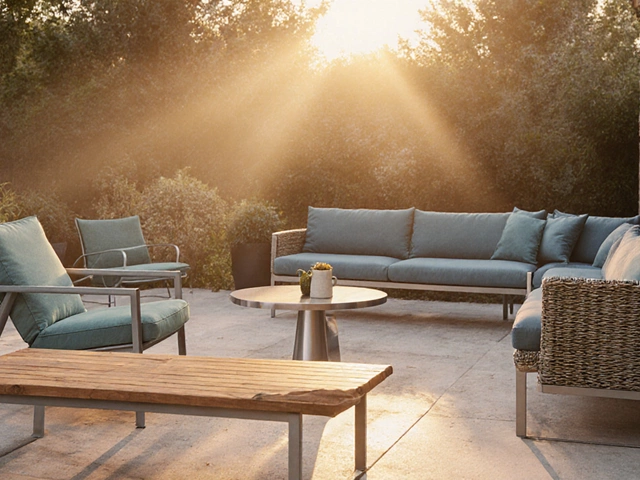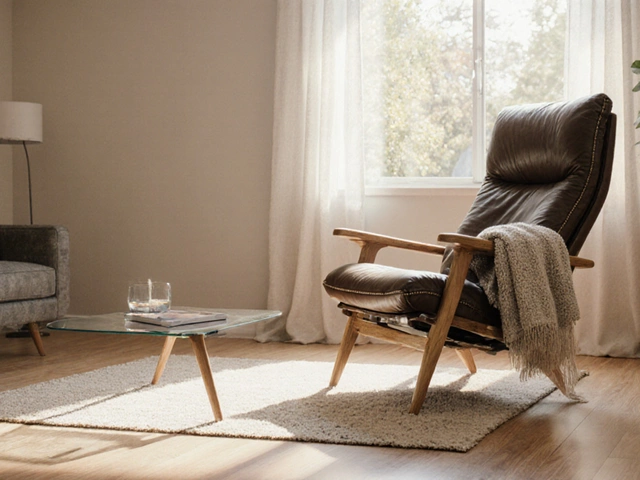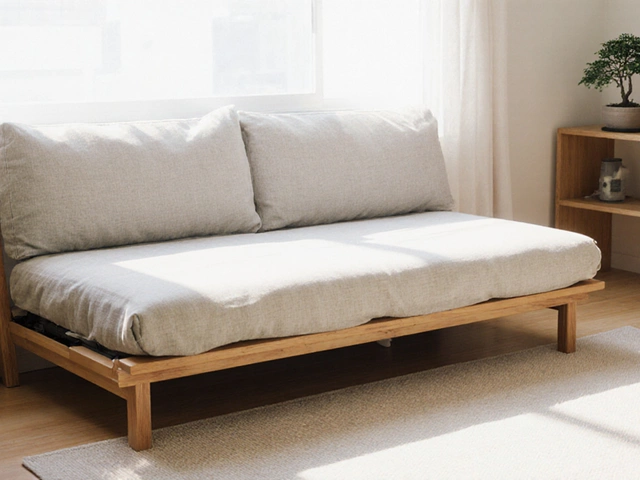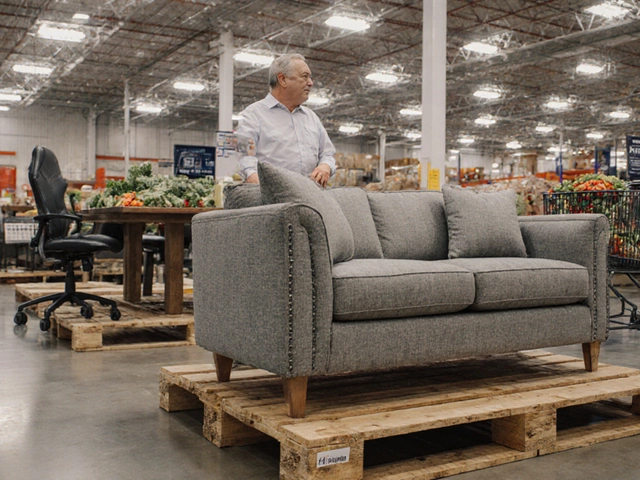Buying a Sofa Made Simple: What You Need to Know
Thinking about a new sofa? It’s a big decision because a sofa lives in the centre of your living room, shapes how you relax, and can set the tone for your whole home. The right pick feels comfortable, fits your space, and doesn’t blow your budget. Below you’ll find straight‑forward advice to help you walk into a showroom (or browse online) with confidence.
Setting Your Budget and Understanding Costs
First, decide how much you’re willing to spend. Sofas range from under £300 for basic fabric pieces to over £5,000 for designer leather or custom builds. A good rule of thumb is to allocate about 15‑20% of your total living‑room budget to the sofa. This keeps the rest of the room’s decor balanced.
Don’t forget hidden costs. Delivery fees, assembly, and possible removal of an old sofa can add up. If you’re eyeing a high‑end model, ask the retailer about free delivery or discounts on removal services. Some stores also offer a re‑upholstery option; for example, the 2025 sofa re‑upholstery guide shows that a professional job can cost between £400‑£800 depending on fabric.
When you compare prices, look beyond the sticker. A cheap sofa may use low‑grade foam that sags after a few months, leading to extra expenses down the road. Investing a little more in high‑density foam or a sturdy frame often saves money in the long term.
Choosing the Right Size, Style, and Material
Measure your room before you shop. Pull a tape measure, note the length, width, and height of the space, and leave at least 30 cm of clearance around the sofa for easy movement. If you have a small apartment, a corner sofa can maximize seating without crowding the room—just read the corner‑sofa pros and cons to avoid awkward layouts.
Pick a style that matches your home’s vibe. Modern homes often go for clean lines and low backs; traditional spaces may prefer rolled arms and plush cushions. If you love flexibility, a sectional gives you modular options that you can rearrange later.
Material matters for comfort and upkeep. Fabric sofas are softer and come in many colors, but they can attract pet hair and stains. Leather looks sleek, ages well, and wipes clean, but it can feel cold in winter. For families with kids, consider a performance fabric that resists spills and is easy to clean.
Test the sofa before you buy. Sit, lie down, and press the cushions to see if they stay firm. Check the frame by pushing on the arms and legs—solid wood or metal frames usually last longer than particle board.
Finally, think about future needs. If you plan to host guests often, a sofa with removable covers makes cleaning a breeze. If you like to change decor often, a neutral color will blend with new accessories without looking dated.
Our tag page pulls together articles that dive deeper into specific topics: “Average Cost to Reupholster a Sofa in 2025,” “Are Corner Sofas Outdated?” and “Corner Sofa Placement Ideas.” Reading those will give you the numbers, style ideas, and layout tricks you might need after you pick the perfect piece.
Bottom line: set a realistic budget, measure your space, pick a style and material that suit your lifestyle, and test for comfort. With these basics covered, you’ll walk away with a sofa that looks great, feels great, and lasts for years.
Is a $2000 Sofa Worth the Investment?
Choosing a sofa is more than just a furniture investment—it's about finding a piece that complements your lifestyle and space. While a $2000 price tag might seem steep, consider factors like durability, comfort, and style. From understanding material quality to recognizing hidden costs, this article breaks down what makes a sofa worth its price. Explore if a premium sofa can be a wise choice for your living room.
